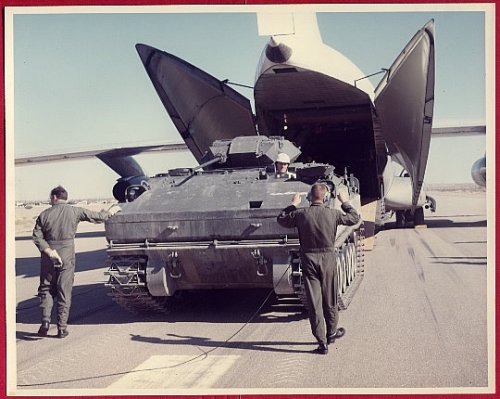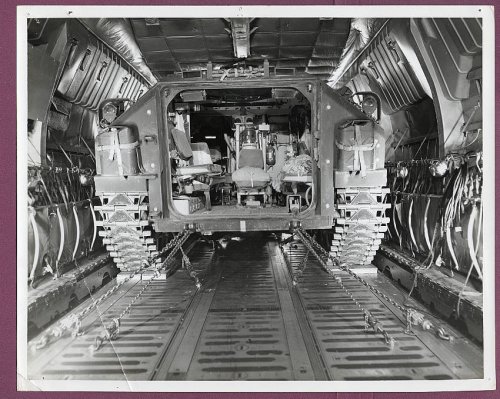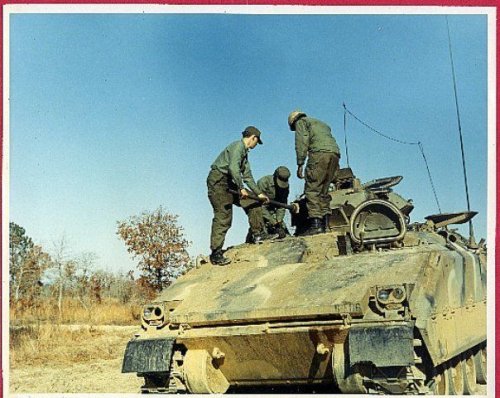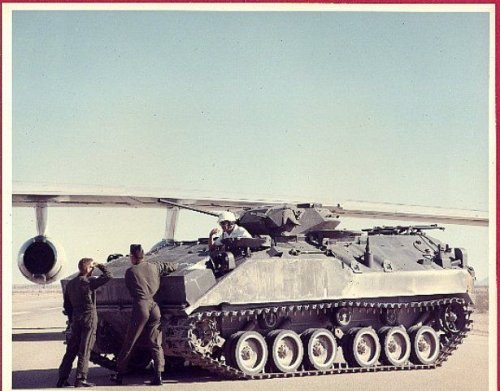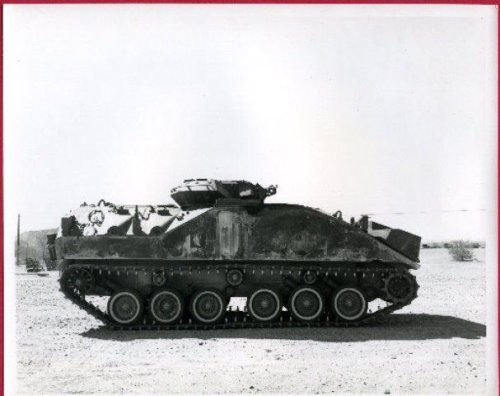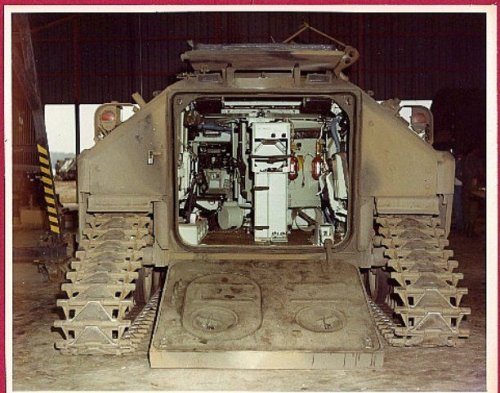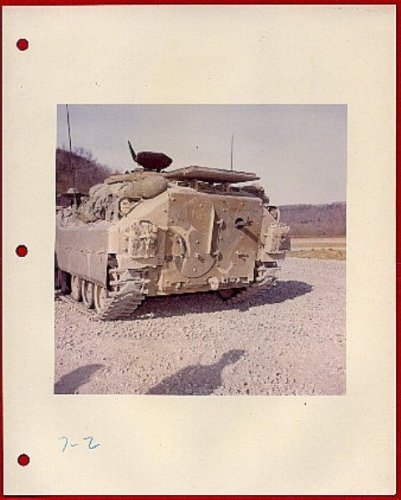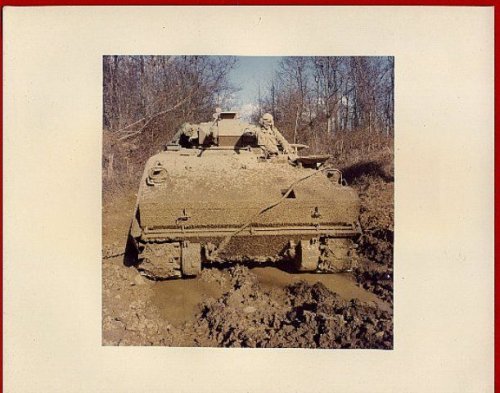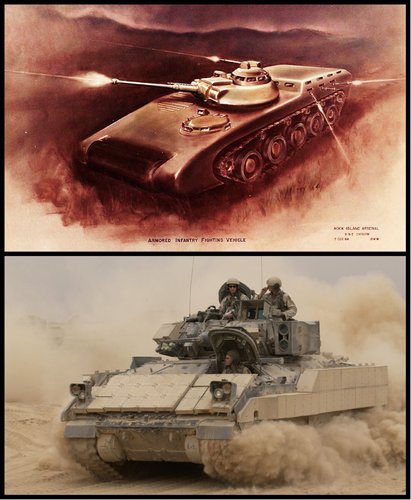- Joined
- 21 May 2006
- Messages
- 3,002
- Reaction score
- 2,278
G'day once again gents
I've just recently posted a new topic titled Truth to The Pentagon Wars and the Bradley IFV?? (http://www.secretprojects.co.uk/forum/index.php/topic,20319.0.html). This got me think of both the movie and the difference that eventuated from the seemingly useful, logical and workable original FMC XM723 design and what would eventually manifest into the giant, expensive and questionable M2/M3 Bradley IFV.
Can I press upon the expertise of the forum's vast knowledge to perhaps assess and give comment into whether the U.S. Army would have been better continuing down the path of the smaller, simpler and cheaper XM723 path? I've know and have heard the arguments of the one-man turret verses the two man turret arrangement. I also know of the two-man turret predominately being derived from the requirement of the M3 Cavalry/Scout requirement. Then there was the decision to add the TOW ATGM capability (Both this two-man turret and TOW requirement meaning the sizable and in my opinion very questionable reduction in troop capacity!)
I've also just discovered that the original XM723 was specified (and was) capable to be airlifted by the USAF's premier cargo aircraft - the Lockheed C-141 Starlifter!
What happened? What went wrong?
Do you believe that the XM723 could have been a more practical (and potentially more exportable) IFV?
I would very much appreciate any information, drawings and pics (and video footage) of the XM723
Regards
Pioneer
I've just recently posted a new topic titled Truth to The Pentagon Wars and the Bradley IFV?? (http://www.secretprojects.co.uk/forum/index.php/topic,20319.0.html). This got me think of both the movie and the difference that eventuated from the seemingly useful, logical and workable original FMC XM723 design and what would eventually manifest into the giant, expensive and questionable M2/M3 Bradley IFV.
Can I press upon the expertise of the forum's vast knowledge to perhaps assess and give comment into whether the U.S. Army would have been better continuing down the path of the smaller, simpler and cheaper XM723 path? I've know and have heard the arguments of the one-man turret verses the two man turret arrangement. I also know of the two-man turret predominately being derived from the requirement of the M3 Cavalry/Scout requirement. Then there was the decision to add the TOW ATGM capability (Both this two-man turret and TOW requirement meaning the sizable and in my opinion very questionable reduction in troop capacity!)
I've also just discovered that the original XM723 was specified (and was) capable to be airlifted by the USAF's premier cargo aircraft - the Lockheed C-141 Starlifter!
What happened? What went wrong?
Do you believe that the XM723 could have been a more practical (and potentially more exportable) IFV?
I would very much appreciate any information, drawings and pics (and video footage) of the XM723
Regards
Pioneer

